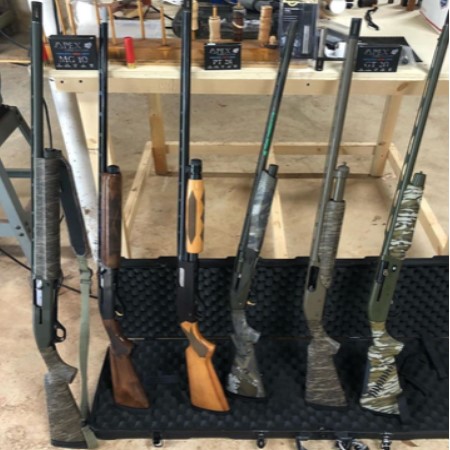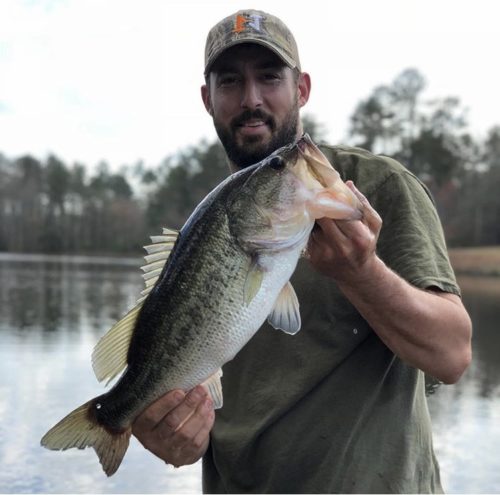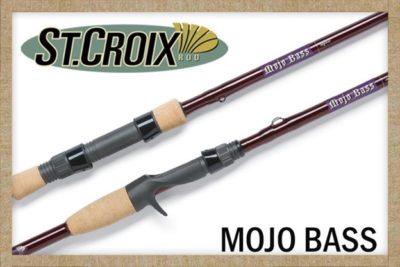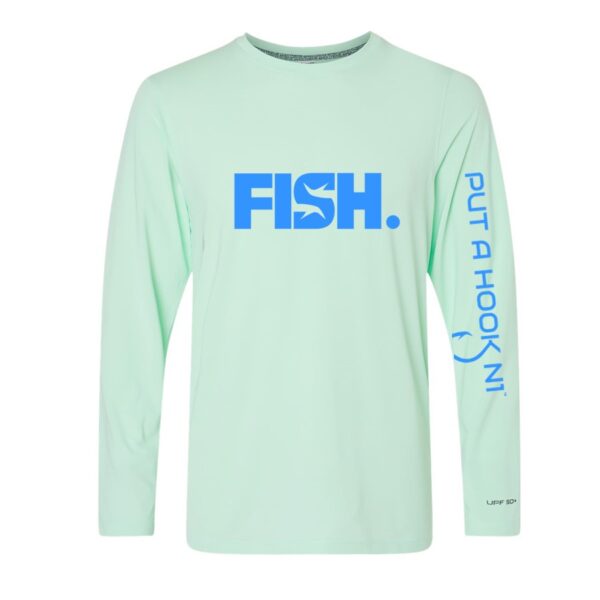Looking to go off-road and give mountain biking a shot?
Mountain biking is an exciting hobby and a great way to not only get and stay in shape, but also a fantastic way to have fun and enjoy some amazing trails.
Besides biking being an adventure, mountain biking it’s a killer workout and boosts your fitness levels, both mentally and physically.

Before you set out on your mountain biking adventures, be sure you have some key items for your journey...
Items you’ll need to get started mountain biking
Once you have a quality mountain bike, here are some items that will help you ride safely and more comfortably:
- Biking shorts
When it comes to biking, having items of clothing that adapt to your body movements so that little or no friction is created is key.
Biking shorts are no different.

Mountain biking shorts work best when they are slim, have pockets and breathable.
The design process for biking shorts takes into account whether the rider is male or female, as well as the type of weather you will be biking in (so that they can be ideal for cold conditions, if needed). This helps ensure a comfortable ride.
Be sure you buy biking shorts with breathable materials. This is especially helpful during Summer riding. Shorts should have have plenty of pockets, a slim silhouette, and an inseam to prevent bunching when biking.
The main idea with biking shorts is to give you a comfortable feel. Men have biking shorts with a special wide gusset in the crotch section. This protects the male organs from friction.
Quality biking shorts have blended spandex material which is known for its stretch and tear resistance. This is especially useful if you crash or get entangled bushes or come in contact with trees.
- Biking padded undershorts
These are mostly made of blended nylon, spandex, and wool. The material is stretchy and incorporates the best features of the named materials.
However, although the material is stretchy, it retains its original shape.
A rider can wear padded undershorts multiple times without washing by simply hanging them in a cool place to dry. The padded undershorts are lightweight and incorporate multi-density foam.
- Biking top

Mountain biking can be tough… you’re going to sweat! Be sure you have a top that will wick moisture away from your body.
If you mountain bike, you’re going to sweat. So, wear a shirt that can withstand perspiration during your mountain biking trails. A mountain-biking top is ideal for intense rides and easily wicks away moisture and sweat.
Much like biking shorts, biking tops are stretchy and lightweight. You can wear them for other outdoors pursuits, as they don’t retain odors like most synthetics (where scent control is important).
-

N1 Outdoors® Fishscape™ Outdoor Tee
Price range: $28.99 through $32.99 Select options This product has multiple variants. The options may be chosen on the product page -

N1 Outdoors® Mountain Colors Tee (Various Colors)
Price range: $24.99 through $28.99 Select options This product has multiple variants. The options may be chosen on the product page -
Sale!
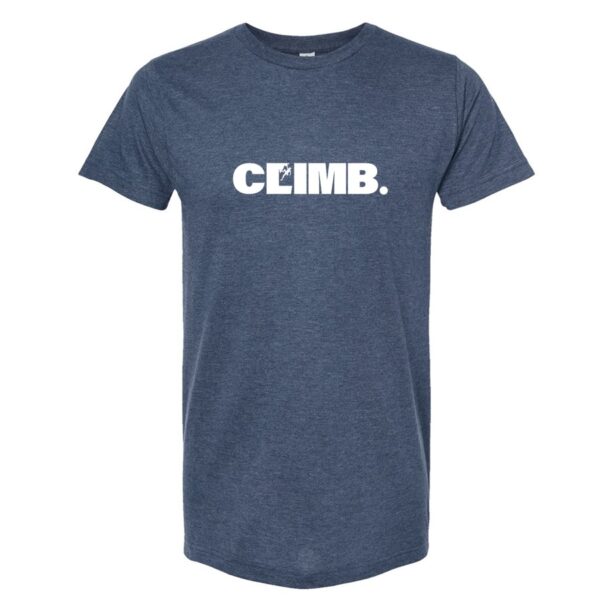
N1 Outdoors® CLIMB. Tee
$19.00 Select options This product has multiple variants. The options may be chosen on the product page
- Hydration pack

You might be biking in an area with a natural cool-off like this, but you will still need fresh drinking water, so be sure you have a hydration pack with you!
Always remember how critical water is. You need it to stay hydrated. So, be sure to always carry water with you.
Choose a pack with a water bottle holder and space for stashing your snacks. This will really help you on longer biking trails.
A hip pack may even be more suitable, as it keeps the weight closer to your body’s center of gravity, giving you a more balanced and comfortable biking experience, even when hitting sharp turns or making small jumps.
- Mountain bike helmet

For safest riding, a bike helmet is a must for all ages young and old when mountain biking.
Ensure your helmet has good ventilation and fit. This will ensure that your head will remain relatively cool on those hotter rides. Additionally, the bike helmet should have an internal bug mesh to keep insects at bay.
Ensure that the helmet has a formidable lining on the inside to reduce dangerous impact to your head and brain in case of a fall or crash.
- Mountain bike gloves

Mountain biking gloves should be flexible enough to allow for good grip and it always is helpful to be able to change music or operate your phone when needed without removing.
Get a fitting and comfortable full-finger glove. Check the knitting technology to ensure it’s comfortable and similar to that of footwear. This ensures you have a comfortable biking experience even on longer trails.
The gloves should be comfortable and flexible enough to allow you to receive phone calls or change your music without needing to take them off.
- Biking sunglasses
Pick sunglasses with reactive lenses. These lenses change with the lighting conditions. This protects your eyes while giving you a comfortable biking experience.
Wearing reflective lenses allows you to ride any trail, whether in shady areas or sunny, without necessarily taking off or putting on your sunglasses. The design should keep away bugs and wind while offering you enhanced eye protection.
- “Grippy” shoes

Shoes with soles that will grip are very helpful in maintaining pedal contact on your mountain biking adventures.
Wear shoes with sticky rubber soles. This will provide for better contact with your mountain bike’s pedals. These shoes also give you excellent stability and are relatively stiff. Be sure they have tongue and heel tabs that allow you to put the on and off with little effort.
- Mountain bike pump
Whether your bike’s tires are tubeless or tubed or have puncture-proof tires, you need a mountain bike pump. If you’re far from home and get a flat, you’ll wish you had made #9 here a priority!
A good pump will have reliable valves and a high-volume barrel that fills up your flat tire quickly, as well as a flexible hose. This is a simple piece of equipment that can be a difference maker on your ride.
Be sure to choose a pump that fits nicely on the bike without having to switch any internal bike parts.
- Multi-tool

Eventually, you will need to do some spot repair or maintenance on your mountain bike. Be sure you have a multi-tool handy so you can address these on the fly.
It’s inevitable. At some point, some of the parts on your mountain bike will fail. A multi-tool ensures you are prepared to make adjustments and repairs on the fly.
Pick a pocket-size multi-tool with several different wrenches such as hexes, Torx, phillips heads, and tire levers to name a few. A multi tool with a chain breaker feature is helpful as well.
Safe Mounting Biking Tips
Now that we’ve covered some essential items for mountain biking, let’s cover some basic tips that will ensure you will have a comfortable and safe biking adventure. Observe the following for maximum ride safety.

Now that we’ve covered items you need to go mountain biking, be sure to be mindful of these tips when out riding…
- Always wear the right biking gear
There is a reason for wearing biking gear like a bike helmet, sunglasses, shorts, and carrying a hydration pack. They are necessary for biking trails to keep you safe. Items like breathable biking shorts and tops, that we covered above, will help ensure you have a more comfortable ride.
- Look ahead when riding
Keep your eyes on the trail and other approaching obstacles so that you can avoid crashes. Looking ahead will help you pick the right trail and adjust your speed where necessary.
- Maintain level pedals
Maintain level pedals when coasting to keep them from clipping rocks, stumps, and other obstacles.
- Get low
Always get low when negotiating bends in the trail. Keep your elbows and knees bent with your hips above your saddle to give you greater shock absorption.
- Always anticipate climbs
Get into the right gear when approaching a climb. Sit and spin in easy gear as you climb at a steady pace. This is more efficient and ensures you don’t lose traction. It’s better than if you stand and climb in a larger gear.
- Take a cautious approach
Bombing down every descent is risky. You have nothing to prove. Instead, focus on improving your bike handling skills. Safety should be your primary focus.

Now you’re ready to get out there and explore on your own mountain biking adventure. Ride safely!
Final thoughts on how to get started mountain biking
Mountain biking offers an amazing experience to explore different terrains and trails under different weather conditions. So, arm yourself with suitable biking gear to enhance your overall experience.
Now, get out there and get started mountain biking! Be safe!













